|
|













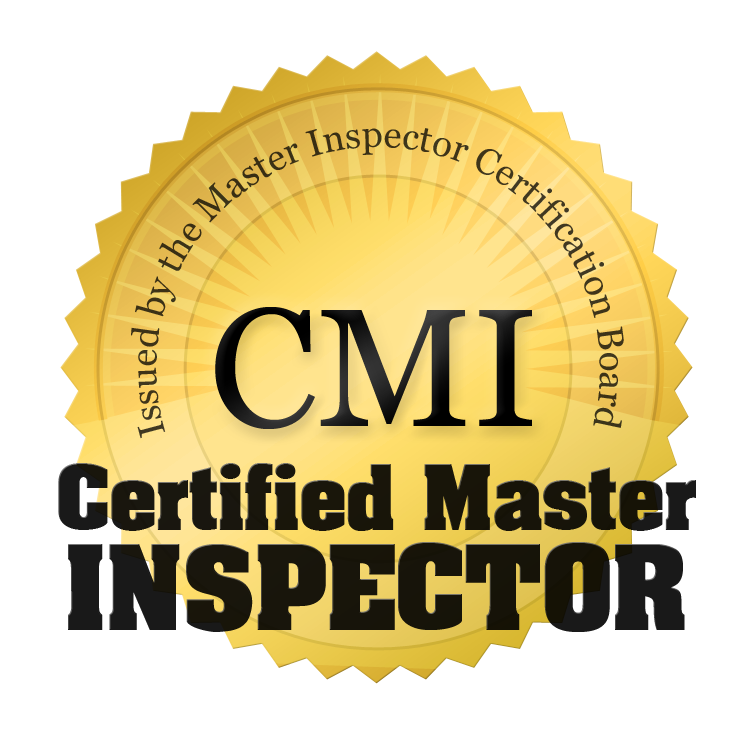
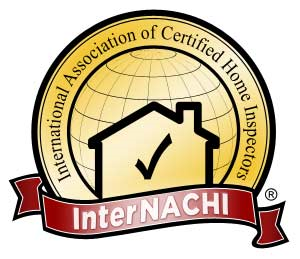







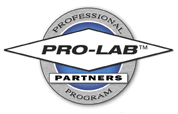










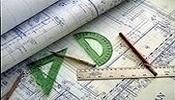

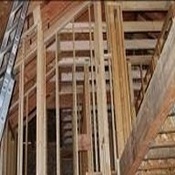
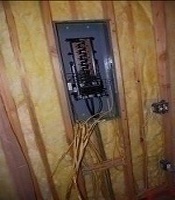


TRIPLE M LLC
NEW CONSTRUCTION (PUR-102)
Each individual inspection will take approximately
one hour. On the completion of the final inspection
you will receive a PUR-102 Summary of Building
Inspection Form and a bound Report detailing the
building construction and characteristics
1. Plan Review
Inspection Summary
2. Foundation
Plan review and approval is the first inspection and should be completed prior to the
beginning of construction.
3. Framing
Footings and foundation should be supported by undisturbed natural soils or engineered fill
that complies with the applicable state building code.
Footings and foundation construction should be capable of accommodating all loads and of transmitting the resulting loads to the supporting soil according to the applicable state building code.
Footings and foundation construction should be capable of accommodating all loads and of transmitting the resulting loads to the supporting soil according to the applicable state building code.
4. Electrical
5. Plumbing/Mechanical
Interior and exterior walls should be constructed according to the type of material used as
specified in the state building code.
The framing inspection should be made after all electrical, plumbing, and mechanical rough-in has been inspected and all ducts, chimneys, hold-downs and shear walls are installed and framing is complete.
Pre-assembled walls must be ICC listed. The manufacturer must comply with ICC's quality control requirements, continuing to keep the wall assemblies listed, as long as the wall assemblies are used in new construction.
Either the manufacturer of the pre-assembled walls or the contractor using them must provide the authorized inspector with a copy of the third-party evaluation report on the wall assembly.
The framing inspection should be made after all electrical, plumbing, and mechanical rough-in has been inspected and all ducts, chimneys, hold-downs and shear walls are installed and framing is complete.
Pre-assembled walls must be ICC listed. The manufacturer must comply with ICC's quality control requirements, continuing to keep the wall assemblies listed, as long as the wall assemblies are used in new construction.
Either the manufacturer of the pre-assembled walls or the contractor using them must provide the authorized inspector with a copy of the third-party evaluation report on the wall assembly.
6. Vapor Barrier
7. Final
In accordance with the state building code, the plumbing and mechanical systems are inspected
prior to covering or concealing any portion of the system. The inspection takes place after the
installation of all water piping, drain, waste vent piping, fuel gas piping, HVAC ducting, range, dryer and bath exhaust ducting, furnace, boiler, water heater, unit heaters, and/or other fuel fired appliances and their venting system.
Also in accordance with the state building code, water or air pressure testing is required on all water, drain, waste and vent piping. Air pressure testing is required on all fuel gas piping.
installation of all water piping, drain, waste vent piping, fuel gas piping, HVAC ducting, range, dryer and bath exhaust ducting, furnace, boiler, water heater, unit heaters, and/or other fuel fired appliances and their venting system.
Also in accordance with the state building code, water or air pressure testing is required on all water, drain, waste and vent piping. Air pressure testing is required on all fuel gas piping.
Generally, the final inspection takes place when a residential unit is 100% complete. All health
or life/safety items must be addressed and the final inspection performed prior to occupancy
Generally, the insulation/vapor barrier inspection is completed after the rough-in framing,
electrical, plumbing and mechanical inspections are approved, all insulation has been installed
in ceilings and walls, and all vapor retarder is in place and sealed. The authorized inspector
must also have adequate access to determine compliance with Alaska Building Efficiency
Standard (BEES).
The electrical inspection includes an examination of the materials, components, and electrical
equipment installed. All rough wiring for the structure and the electrical service is inspected at
the same time. Rough-in inspection includes, but is not necessarily limited to, all wiring
within the walls, all circuit breakers, panel boards and ground splices terminated by
mechanical means.
The inspection takes place after all wiring systems, including the ground conductor, have been installed in approved boxes, cabinets, and service equipment. Switches, receptacles and fixtures should not be installed at the rough-in.
The inspection takes place after all wiring systems, including the ground conductor, have been installed in approved boxes, cabinets, and service equipment. Switches, receptacles and fixtures should not be installed at the rough-in.
For State Inspection
Requirements and
General
Construction
Information Visit
Alaska Housing
Finance Corporation
at:
www.ahfc.state.ak.us
Requirements and
General
Construction
Information Visit
Alaska Housing
Finance Corporation
at:
www.ahfc.state.ak.us
Below is a brief description of the new construction
inspection process
